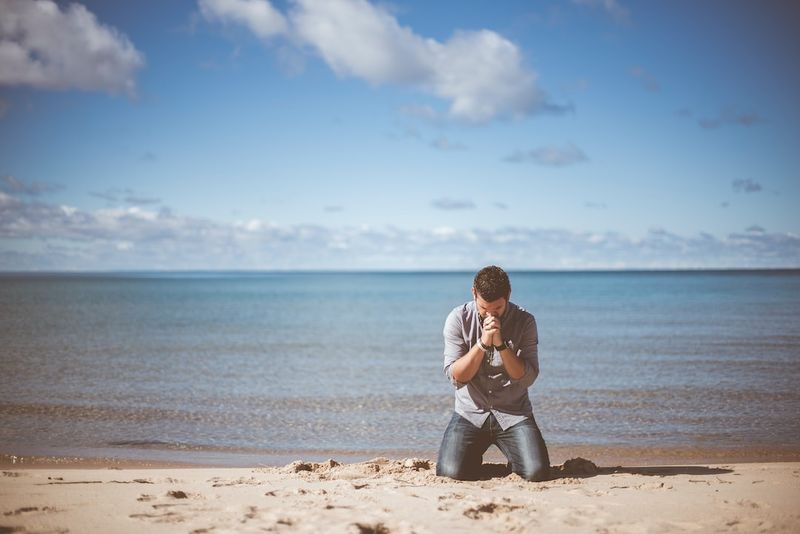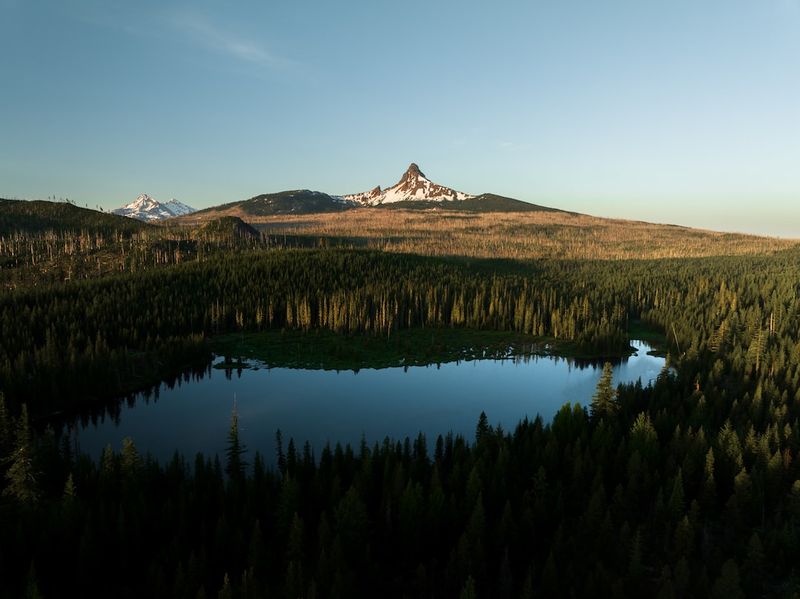‘Orange like the sun’: Tourists drawn to Iceland volcano despite warnings
Introduction
In a daring display of curiosity and a thirst for adventure, despite warnings from authorities, a group of tourists has been drawn to the latest volcanic eruption in Iceland near Reykjavik. These brave explorers cannot resist the allure of the lava, which they describe as “orange like the sun.” While volcanologists claim that the eruption is currently of low intensity, initial estimates suggest that its flow is significantly more powerful than the two previous eruptions in 2021 and 2022 on the Reykjanes peninsula.
The Temptation of the Lava
Niall Lynch, a 23-year-old Irish guide, shared his experience of standing in front of the fresh lava flows near the small peak of Litli Hrutur. He describes the feeling as warm, similar to a campfire, when the wind blows in a certain direction. However, on the other side of the fissure, the gas released by the eruption makes the area unbearably hot, with temperatures reaching up to 1,000 degrees Celsius (1,800 degrees Fahrenheit).
The area surrounding the eruption had been dormant for eight centuries but has recently experienced a resurgence of volcanic activity. The eruptive faults have grown from an initial size of 200 to 300 meters to approximately 900 meters, according to the Icelandic Meteorological Office.
The Beauty and the Danger
Niall Lynch expressed his awe at the vibrant colors of the lava. He explains that the center of the lava flow is much brighter than expected, resembling the pure orange hue of the sun. Lynch’s description suggests that witnessing this natural phenomenon is truly captivating.
However, the Icelandic Meteorological Office has warned of “dangerously high” levels of volcanic gases, particularly sulphur dioxide, near the eruption site. Consequently, access to the area has been closed to tourists, emphasizing the safety risks involved.
The Attraction of Effusive Eruptions
Unlike explosive eruptions that can cause widespread disruption, effusive eruptions, like the one currently taking place in Iceland, primarily result in lava flows and localized toxic gas spikes. Such eruptions have minimal impact beyond these immediate areas.
Nonetheless, the few visitors who managed to reach the eruptive site describe the experience as unforgettable. Jessica Poteet, an American living in Iceland, describes the moment she first saw the fountains of lava and heard the crackling of solidified rock as indescribable. Gudmundur Hauksson, an Icelandic visitor, believes that being close to the eruption allows for a deep connection with the Earth and nature.
While the natural spectacle of a volcanic eruption is undoubtedly awe-inspiring, visitors should bear in mind the potentially hazardous conditions and follow authorities’ instructions to ensure safety.
Editorial: Balancing Adventure and Risk
The recent attraction of tourists to the ongoing eruption in Iceland raises questions about the balance between adventure-seeking and risk-taking. It is human nature to be drawn to extraordinary phenomena, such as volcanic eruptions, that offer a unique and thrilling experience. However, it is crucial to prioritize safety and adhere to the guidance of experts.
Volcanic eruptions bring with them unpredictable circumstances and potential dangers. The presence of high levels of volcanic gases near the eruption site poses a significant health risk. Additionally, the extreme heat emitted by the lava can lead to severe burns and other injuries.
It is essential for tourists and adventurers to consider not only their personal desire for extraordinary experiences but also the potential consequences of their actions. By respecting safety precautions and heeding the warnings of authorities, individuals can fully embrace the wonders of nature while minimizing risks to themselves and others.
Conclusion: Nature’s Wonders with Caution
The current eruption in Iceland has captivated the hearts and minds of tourists, drawing them to witness the beauty and power of mother nature. However, potential risks posed by volcanic gases and extreme temperatures should not be underestimated. The responsible approach to adventure is one that embraces nature’s wonders while prioritizing safety.
Tourists should defer to the expertise and guidance of authorities and experts in order to maintain the delicate balance between adventure and risk. By doing so, they can appreciate the magnificence of volcanic eruptions and create unforgettable memories, all while ensuring their own well-being and the preservation of the environment.

<< photo by Tirachard Kumtanom >>
The image is for illustrative purposes only and does not depict the actual situation.
You might want to read !
- India Unveiled: A Journey through its Enigmatic Riches
- A Comprehensive Guide to July 4th: What’s Open and What’s Closed
- Editorial Exploration: Analyzing the factors that could influence Idris Elba’s decision regarding a Season 2 of the show “Hijack”.
Title: Decoding Idris Elba’s Decision: Unlocking the Potential for a Season 2 of “Hijack”
- Everton’s Pursuit of Ashley Young: Reinforcing the Squad with Former Manchester United Star
- “Pilot Survives Harrowing Crash as Small Plane Collides with Hangar at Long Beach Airport”
- Tragedy Strikes Long Beach Airport: Plane Crashes Into Hangar
- Editorial Exploration: Exploring the top Prime Day deals in the UK from Amazon, John Lewis, and other retailers in 2023.
Article Title: Uncovering the Ultimate Prime Day 2023 Deals in the UK: A Comprehensive Guide to Amazon, John Lewis, and More
- EasyJet’s Summer Flight Cuts: The Impact of Air Traffic Control Delays
- Turmoil in the Skies: easyJet’s Cancellation of 1700 Flights Leaves 180,000 Passengers Stranded
- Will Wolverine Finally Don the Classic Yellow Costume in Deadpool 3?
- Editorial Exploration: Unveiling the Exciting Announcements for Amazon Prime Day 2023
Title: “Revamped Prime Day 2023 on the Horizon: Early Apple Deals and Dates Revealed”
- Storm Oscar Brings Weather Warnings to Spain and Portugal’s Popular Tourist Destinations




